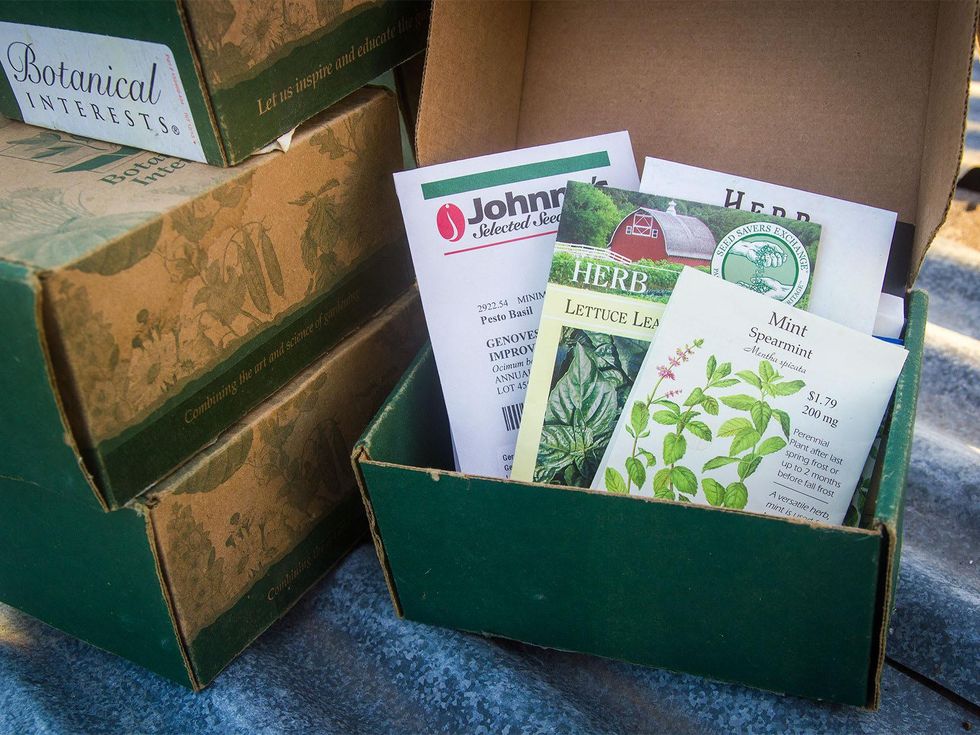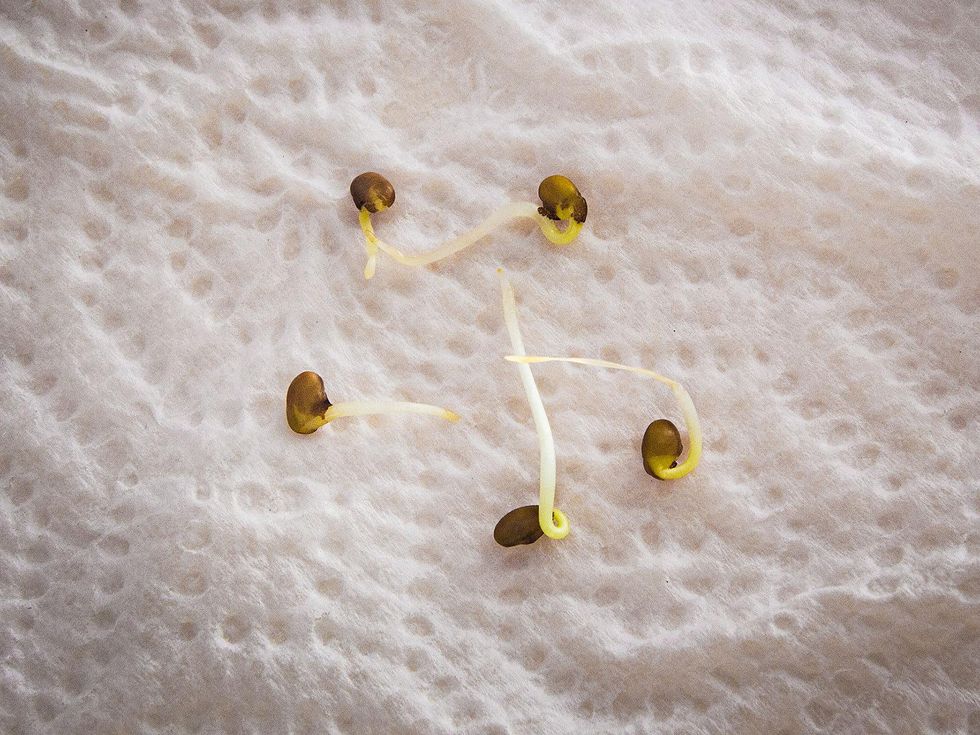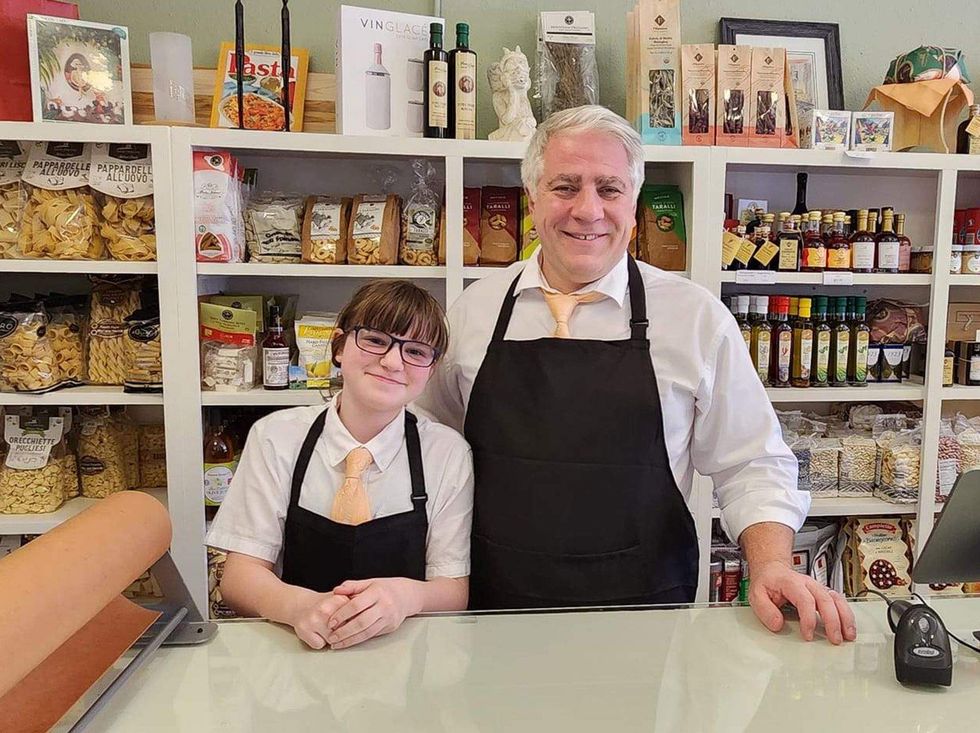The Farmer Diaries
Texas farmer discovers simple test to ensure seeds are still good to plant
Every day when I check my social media accounts, I see pictures of vigorous and sturdy seedlings started early last January by seasoned growers and first-time newbies who wanted to get a jump on this year's growing season. These pictures remind me that all I have to show for my three months of work and hundreds of seeds planted are three six-pack trays of wilted tomato and stunted eggplant seedlings. Everything else either died off or never sprouted.
The seeds that never sprouted I'm certain were too old. For this reason, I've gone through boxes of the leftover seeds I've collected through the years and cleared out all the expired packets. The last thing I want now is a seedling no-show with the squash, cucumbers, melons and other warm season crops I'll plant outdoors in the coming weeks.
All seed that was more than 3 years old is now gone, except for a cache of Israeli melons seeds that my father bought two years ago when Willhite Seed Inc. announced it was going out of business. At that time, the thought of losing access to this garden gem drove us to buy the seed by the pound — almost to the point of saying, "Whatever you have left, we'll take it."
There's a simple way to test if a seed is still worth planting. All it takes is a reused margarine container, a paper towel and five to 10 seeds from the batch in question.
Willhite found a way to stay in business, and now we've got this hoard of aging seed. We prefer not to just throw it away and buy new seed if we can avoid the expense, but then again, the seed is from the 2012 growing season and getting older every day. We assume that most of it is still good, but if we're wrong, we'll end up planting dead seed and falling weeks behind as we wait for it to sprout, just as I did with my greenhouse seedlings.
Fortunately for anyone wanting to check the viability of seed, there's a simple way to gage the germination rate to make sure that the seed is still worth planting. All it takes is a reused margarine container, a paper towel and five to 10 seeds from the batch in question.
To conduct this simple test, I first moisten the paper towel so that it's thoroughly wet but not soppy. Then I place the seeds on the wet paper towel with enough space between them to keep them from touching each other.
The seeds need to be enclosed, so I can either fold up the towel or place another moistened one over them. Once the seeds are wrapped up, I place them into a clean, reused margarine tub or plastic takeout container and set them in a warm place; the top of the refrigerator seems to work well. For lettuce and other crops that need light to germinate, I make sure to place the container wherever it can get a few hours each day of strong light, but not direct sunlight that could overheat them.
The seeds need to be kept moist, so I check them every few days and mist them with sterile water from a spray bottle if I need to. After about 10 days to two weeks, I unfold the seed from the moist paper towel to see how many of them have sent out taproots. If I've only tested five seeds, each germinated seed represents a 20 percent increment, and of course each of 10 seeds represents a 10 percent increment. Multiplying the successes, I can get an estimate of how well the seed will perform when I plant it outdoors.
My preliminary test for my Israeli melon cache shows that of the 10 seeds I planted, four sprouted. That's only a 40 percent germinated rate, which is useful to know when I plant the seeds next month. Because each basin that I plant needs four to five vines growing out from it, I know that I'll need to plant 10 seeds in each basin, which should result in half actually popping up. I now know that my seed is still good, but not great, and I can accommodate for that.
Willhite's seed label indicates that the seed that I'm testing was tested by the company back in 2012, and at that time the germination rate was 85 percent. The drop to 40 percent a few years later is to be expected. I'm simply glad that they're still viable at all.
This easy test of the germination rate shows me that I'm still able to plant from our cache for one more season; the expense of new seed is something we can put off until next year.




 Ari Lowenstein and aide at Ari's PantryAri's
Ari Lowenstein and aide at Ari's PantryAri's